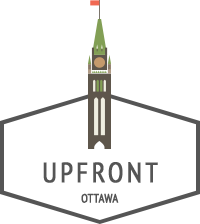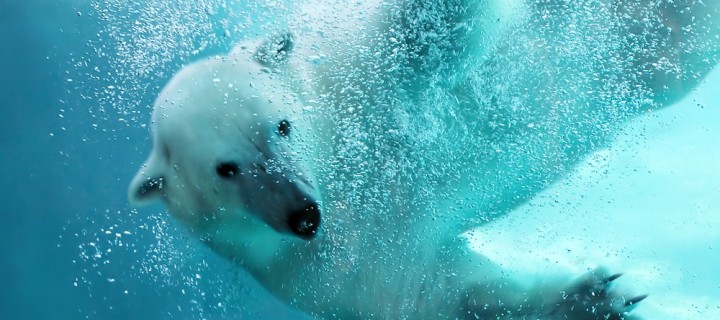The Canadian Museum of Nature’s current featured exhibit is Arctic Voices, an exploration of the environment, people, and wildlife of Canada’s north. It’s no secret that Canada’s geography is vast and varied, and the Arctic is just one of our many treasured biomes. Arctic Voices is a study of an environment undergoing rapid change. As part of this interconnected planet, the Arctic and its inhabitants are directly affected by environmental changes around the globe.
The Arctic Voices exhibit features many interactive components which are sure to engage adults and children alike. Explore life with the polar bears, learn about Arctic scientists as they study and track Arctic whales, and take a tour of plant life which is sturdy enough to survive in one of our planet’s most unforgiving environments.
In celebration of this special exhibit, here are some of our favourite facts about the Arctic, courtesy of National Geographic:
- The Arctic takes up the northernmost part of the globe. The Arctic is the land and sea within the Arctic Circle, which lies about 66º north of the Equator.
- Canada is one of eight nations which has territorial claim to the Arctic. The other nations are Russia, United States, Norway, Finland, Sweden, and Iceland.
- The Earth is tilted in such a way that one day per year, the Arctic is entirely dark, and another with 24 hours of sunlight.
- -70ºC in Greenland is the lowest temperature recorded in the Arctic.
- Four million people live in the Arctic. Many of these people are indigenous to the region, including Inuits.
-
It was confirmed in 1958 that the vast ice sheets of the Arctic rest on the water of the Arctic Ocean, not land.
-
Arctic wildlife includes polar bears, Arctic foxes, walruses, seals, and whales .
-
The narwhal is found only in the Arctic. Narwhals are known as “unicorns of the sea” because male narwhals have a straight tusk projecting from the front of their heads.
-
Arctic comes from the Greek word for bear (Arktos), but the name has nothing to do with polar bears. Instead, the name is a reference to Ursa Minor and Ursa Major, which can be seen in the northern sky.
-
Ten percent of the world’s fresh water is found in Arctic ice. Because the giants sheets of ice reflect the sun’s rays, they help to keep the region cool and play an important role in global climate.
Arctic Voices is a joint collaboration between the Canadian Museum of Nature and Science North, a leading centre for science education based on Sudbury, ON. The exhibition runs until May 3rd and admission is $16.50 for adults, with a special discount price of $4 on Thursday evenings.







